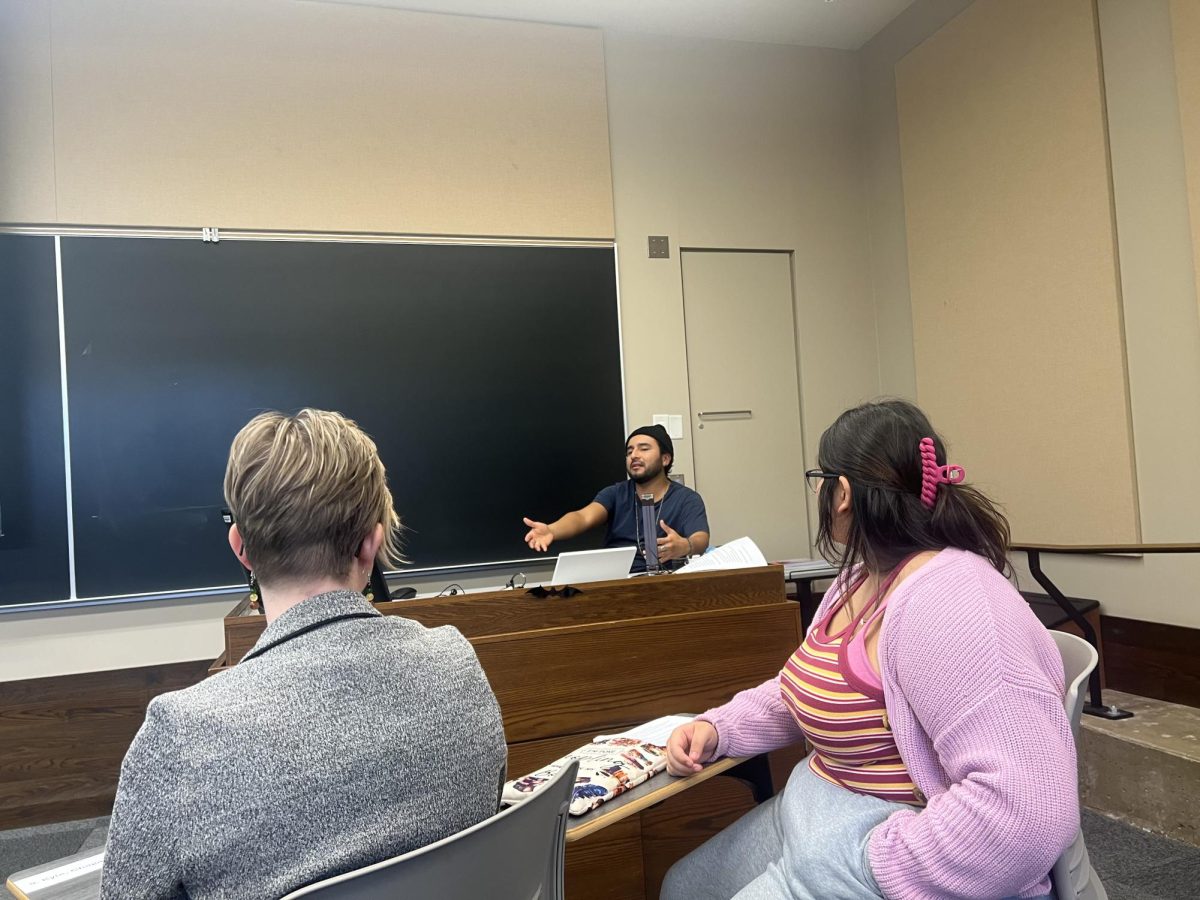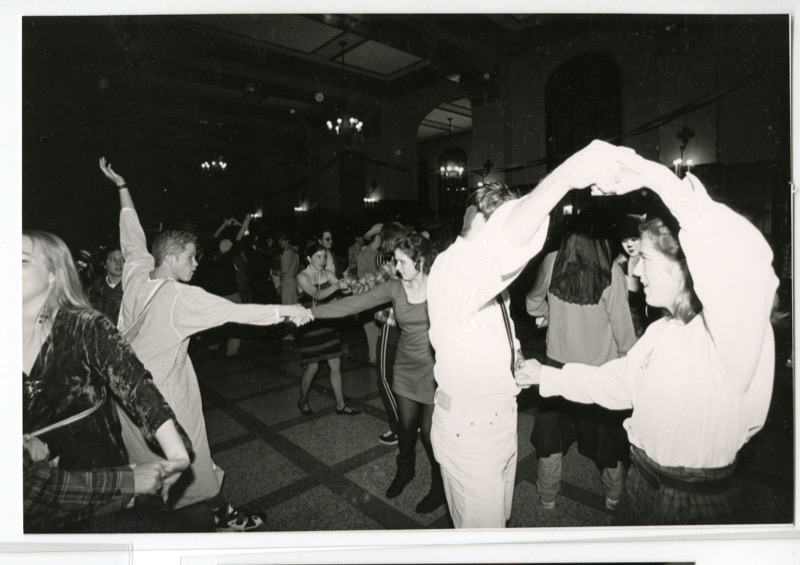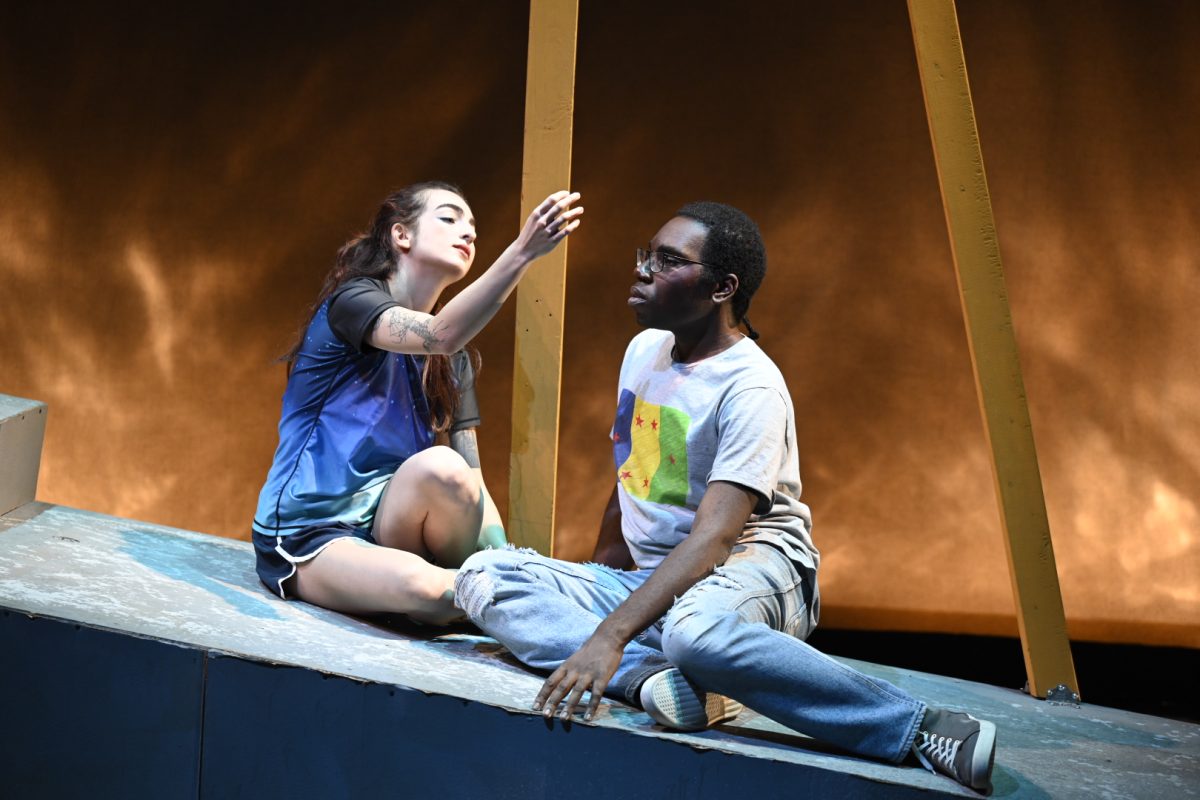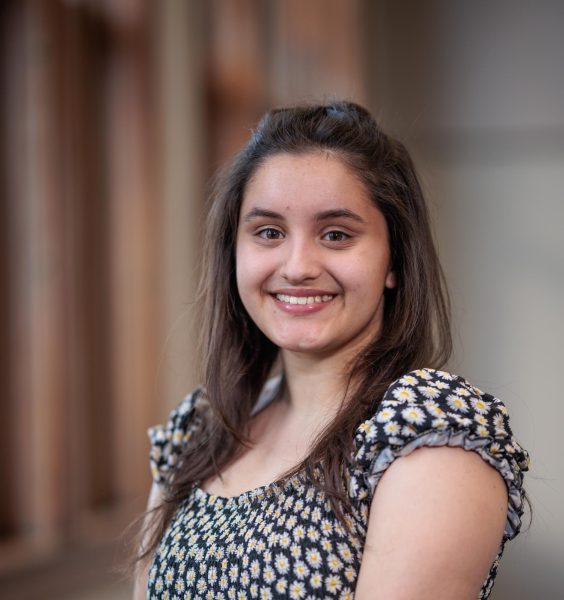Friday, May 10 will mark Carleton’s 20th Empty Bowls event. This two decade anniversary is spearheaded by Professor of Art Kelly Connole and their Academic Civic Engagement (ACE) course ARTS 230: “Ceramics: Throwing.”
At Empty Bowls, plastic tables on the Bald Spot are covered with hundreds of handmade, ceramic bowls to be distributed for a suggested donation of $25 each. All proceeds are donated to the Community Action Center of Northfield (CAC) food shelf. For those for whom it is a financial barrier to donate, they are welcome to sign up anonymously as a “Friend of Empty Bowls” and take a bowl, with the CCCE donating $25 on their behalf. There are about 70 slots open for friends of Empty Bowls, so guests are encouraged to sign up if interested.
After securing a piece of pottery, community members can fill their empty bowls with homemade soups. Empty Bowls relies on a variety of volunteers from academic departments and interest houses to cook for the event. This year, CANOE will make split pea soup, Culinary will bring a lentil soup and Page East will make Matzah ball soup. ITS will bring a black bean soup, the economics department will be represented by a Mediterranean spicy spinach and lentil soup and the history department will make a white bean and tomato soup.
By making ceramic bowls for Empty Bowls, students in this class — Adriel Barham ’26, Hazel DeHarpporte ’24, Patrick Djerf ’24, Shira Dubin ’25, Cecilia Ehrlichman ’24, Molly Howard ’24, Ella Johnson ’24, Hannah Knapp ’25, Anna Larson-Cheng ’26, George Lefkowicz ’25, Eva Leikikh ’26, Amelia Leonard ’24, Grace Malooly ’25, Sydney Nguyen ’24, Maddie Smith ’24, Kimberly Yip ’24, and Sofia Woodruff ’25 — participate in a tradition that has raised over $125,000 for the CAC since the start of Empty Bowls at Carleton in 2004.
“I’m honored to have a role in continuing a 20-year long tradition that allows for the larger community to come together at Carleton,” said Woodruff.
Students were inspired to take this course for the technical ceramic and civic action teaching that would occur. “I wanted to improve my throwing skills,” said Woodruff. “This class is especially for focusing on building skills in consistency, quality and efficiency in throwing.” Throughout the ten-week term, students learned about basic glazes and clay calculations, ceramics history, and high fire and wood kiln firing techniques. Students enrolled in this class as well as studio student workers create upwards of 500 bowls every year for the event.
“I chose to enroll in the class both because I have enjoyed the ACE classes I have taken before and because I love learning from Kelly. In the times I have attended Empty Bowls, I have felt a great sense of community, and I wanted to be part of the group that makes such an event happen,” shared Leonard.
With high student expectations, Connole still made sure their class was full of surprises. “I was surprised by the level of collective action that is taken in the studio for Empty Bowls. I imagined I would be throwing, trimming and glazing the same bowls I made, but we work together as one studio. The bowls that we provide go through multiple hands. Someone throws the clay, someone trims it, another glazes it, and someone else will add the finishing touches such as sanding it. There is no specific ownership of the bowls, it belongs to everyone in the workshop.”
Leonard echoed these sentiments, saying, “For two weeks, each day when you entered the ceramics studio, maybe fifty new bowls would be lying on the tables, waiting to be trimmed. Different people help make a bowl at different parts in the ceramics process. It has been exciting to see bowls you threw glazed in ways you would have never imagined!”
From the experience in ARTS 230, Woodruff has gained a variety of new skills: “As a studio art major, Empty Bowls has really helped me engage in the community at Boliou as well as shown me a variety of different ways in which ideas, messages or aesthetics can be expressed through bowls,” said Woodruff. “The collective action has really developed a lot of communication and teamwork-based skills, which I really appreciate. We don’t just learn about how to throw, but also the logistics behind how art can be used for collective action.”
The concept of Empty Bowls was founded in 1990 by John Hartom, a Michigan high school teacher. Empty Bowls is an international movement — from Tennessee to New Mexico to Northfield, Minnesota — whose mission is “to raise money for food related charities to care for and feed the hungry.” As a worldwide organization, it has raised millions of dollars to address food insecurity.
Empty Bowls was introduced to the Carleton community by Connole when she joined as an art professor in 2004 after having led Empty Bowls at other schools. Coming from humble beginnings, the first Carleton Empty Bowls was orchestrated by Connole and one student. They sold ceramic bowls they had made at Sproncert, raising over seven hundred dollars. After that experience, Connole switched to making Empty Bowls its own event for the second year and it has been held on a Friday in May ever since.
“Empty Bowls is a very long tradition that has become integral to the Carleton community,” explained Woodruff. “Not only does it allow people to think more closely about important issues such as food insecurity, but it’s also a time in which everyone and anyone is welcome to participate in a community meal.”
The event is the result of collaborative efforts between the art and art history department, the Center for Community and Civic Engagement (CCCE), the convocation program, Bon Appétit and the local businesses Brick Oven Bakery and Bread People.
“Empty Bowls is an opportunity to connect to people in the Carleton community, sharing a warm meal using objects built with care and by hand,” said Leonard. “Yet through this event, we also connect to the town of Northfield. Our group fills our bowls by contributing to fill the shelves at the Community Action Center. I think Empty Bowls represents some of the best parts of Carleton.”














